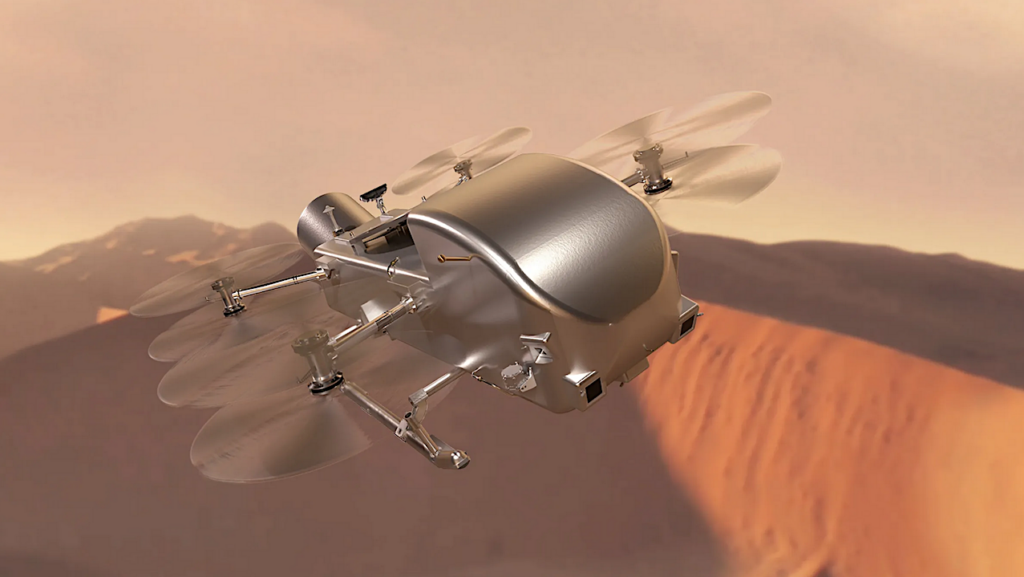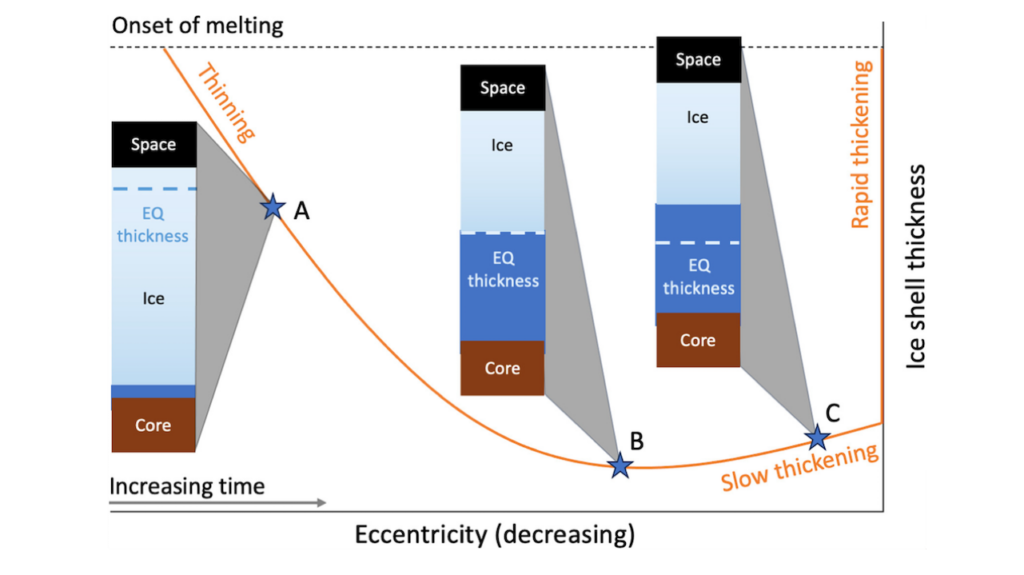Mineralogy, Structure and Habitability of Carbon-enriched Rocky Exoplanets: A Laboratory Approach

Carbon-enriched rocky exoplanets have been proposed around dwarf stars as well as around binary stars, white dwarfs and pulsars. However, the mineralogical make up of such planets is poorly constrained.
We performed high-pressure high-temperature laboratory experiments on chemical mixtures representative of C-enriched rocky exoplanets according to protoplanetary disk modeling. Our results show that these exoplanets, when fully-differentiated, comprise a metallic core, a silicate mantle and a graphite layer on top of the silicate mantle. Graphite is the dominant carbon-bearing phase at the conditions of our experiments with no traces of silicon carbide or carbonates. Silicate mineralogy is similar to the mineralogy of the mantles of carbon-poor planets such as the Earth, and largely unaffected by the amount of carbon. Metals are either two immiscible iron-rich alloys (S-rich and S-poor) or a single iron-rich alloy in the Fe-C-S system with immiscibility depending on the S/Fe ratio and core pressure. We show that for our C-enriched compositions the minimum carbon abundance needed for C-saturation is 0.05-0.7 wt% (molar C/O~0.002-0.03).
Fully differentiated rocky exoplanets with C/O ratios more than needed for C-saturation would contain graphite as an additional layer on top of the silicate mantle. For a thick enough graphite layer, diamonds would form at the bottom of this layer due to high pressures. We model the interior structure of Kepler-37b and show that a mere 10 wt% graphite layer would decrease its derived mass by 7%, suggesting future telescopes could provide quantitative limits on their carbon content. Future observations of rocky exoplanets with graphite-rich surfaces would show low albedos due to the low reflectance of graphite. The absence of life-bearing elements other than carbon on the surface likely makes them inhabitable.
Kaustubh Hakim, Rob Spaargaren, Damanveer S. Grewal, Arno Rohrbach, Jasper Berndt, Carsten Dominik, Wim van Westrenen
(Submitted on 5 Jul 2018)
Comments: Submitted to Astrobiology
Subjects: Earth and Planetary Astrophysics (astro-ph.EP)
Cite as: arXiv:1807.02064 [astro-ph.EP] (or arXiv:1807.02064v1 [astro-ph.EP] for this version)
Submission history
From: Kaustubh Hakim
[v1] Thu, 5 Jul 2018 15:54:03 GMT (2597kb,D)
https://arxiv.org/abs/1807.02064
Astrobiology








